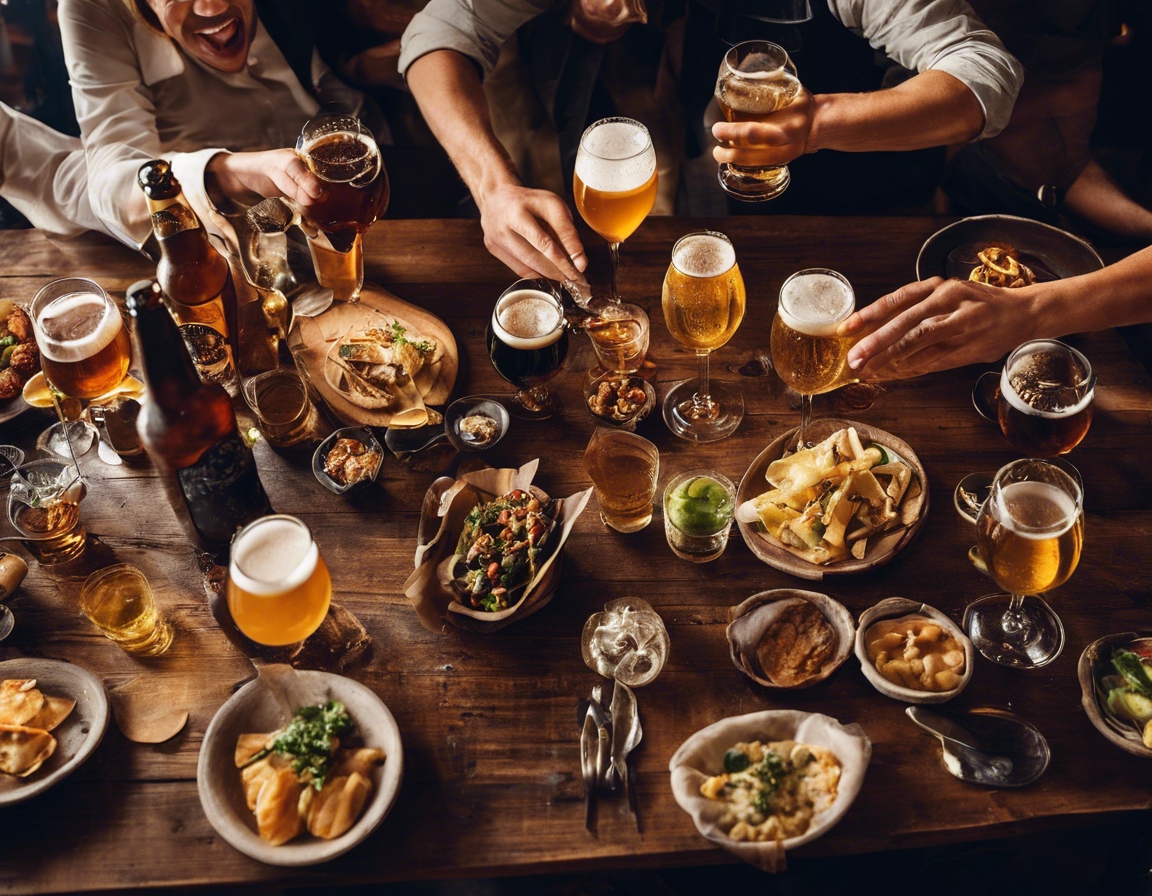The trappist beer legacy: a taste of monastic brewing
Trappist beer is a revered category of beer brewed by Trappist monks within the walls of a monastery. With a tradition that dates back to the Middle Ages, these beers are not only known for their rich flavors and high quality but also for the spiritual ethos that underpins their production.
The legacy of Trappist breweries began over 500 years ago, with the first recorded Trappist brewery established at La Trappe Abbey in France. Today, there are 11 official Trappist breweries, each with its own unique story and range of beers.
While often confused, Trappist and Abbey beers are distinct. Trappist beers are brewed by monks within a Trappist monastery, whereas Abbey beers may be associated with monasteries but are typically produced by commercial breweries.
The Brewing Process of Trappist Beer
Monks are intimately involved in the brewing process, from selecting ingredients to bottling the final product. This hands-on approach ensures the highest standards of quality and adherence to traditional methods.
Trappist beers are crafted with four essential ingredients: water, malt, hops, and yeast. However, the selection of these ingredients and the brewing techniques employed are what set Trappist beers apart.
Trappist beers are often characterized by their complex fermentation processes, including the use of open fermentation tanks and extended ageing periods, which contribute to their distinctive taste profiles.
Exploring the Varieties of Trappist Beer
From the robust Quadrupel to the lighter Blonde, Trappist breweries offer a range of styles that cater to diverse palates. Each style showcases the depth and breadth of flavors that can be achieved through monastic brewing.
Many Trappist breweries also produce limited edition and seasonal beers, offering connoisseurs the opportunity to experience unique brews that reflect the changing seasons and the creativity of the monks.
The Cultural Significance of Trappist Beer
The brewing of Trappist beer is deeply intertwined with monastic life, reflecting a balance between work and prayer. This tradition is not only a source of income for the monasteries but also a form of spiritual expression.
Despite the rise of industrial brewing, Trappist beers have maintained their place in the world of craft beer, with enthusiasts seeking out these monastic brews for their authenticity and exceptional quality.
Visiting Trappist Breweries
For those looking to immerse themselves in the world of Trappist brewing, visiting a monastery brewery can be a profound experience. Tips for planning a visit and highlights of popular Trappist destinations are essential for the intrepid beer traveler.
Visiting a Trappist brewery offers a unique opportunity to witness the brewing process firsthand, engage with the monastic community, and taste the beers in their most authentic setting.
Pairing Trappist Beer with Food
Trappist beers are renowned for their ability to complement a wide range of foods. Traditional pairings include rich cheeses, hearty stews, and artisanal breads, which enhance the flavors of both the beer and the food.
As the culinary world evolves, so do the possibilities for pairing Trappist beers. Chefs and sommeliers are discovering new and exciting ways to match these complex beers with contemporary cuisine.






Comments (0)